- Abaxial leaf surface
- Adaxial leaf surface
- Abaxial leaf surface
- Proliferous bud at the leaf apex
I am not particularly confident about the identification of this specimen. Following Mickel’s treatment of the proliferous species of Elaphoglossum (Brittonia 37:261–278, 1985), this specimen seems close to E. proflierans Maxon & Morton ex Morton, however the scale color and rhizome diameter are not consistent with the description provided there. A closer match is Elaphoglossum gemmatum, a species recently described by Alejandra Vasco (Brittonia 58:1–3, 2006) from Antioquia. However, my plant is much smaller than the holotype, the single specimen from which the protolog was written. Any insight into the identification of this plant would be appreciated.

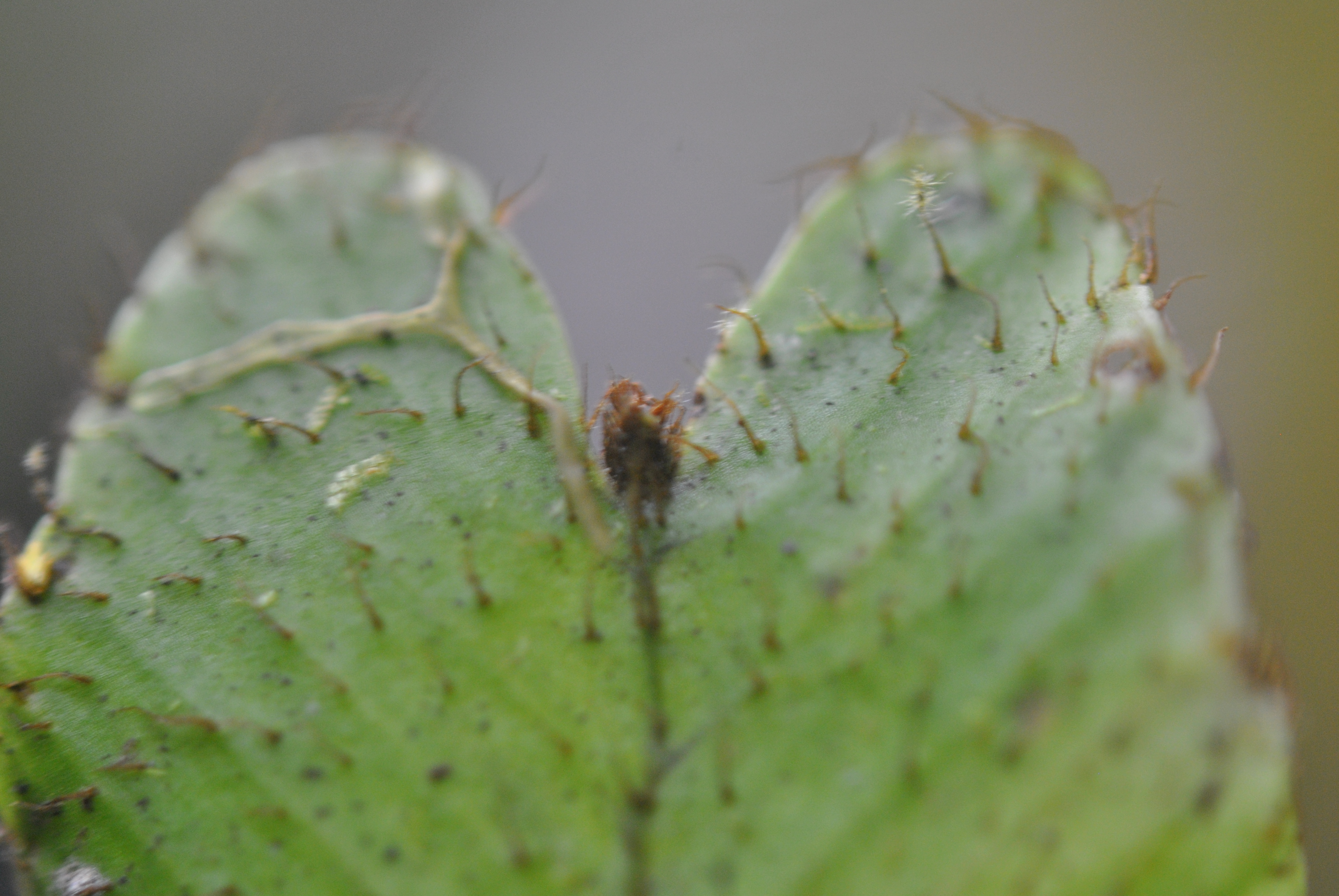
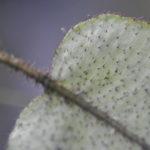
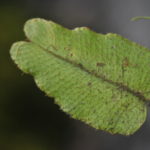
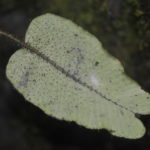
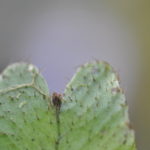
Cool species! I will look into it.
Hey, I could not find the specimen at NY. It is probably still waiting to be mounted. Is the specimen at VT fertile? If so, this should be easy: E. proliferans has abundant intersporangial scales, which are absent in E. gemmatum. Additionally, E. gemmatum has subulate (enrolled lengthwise) scales on the petioles and lamina, whereas in E. proliferans the scales are flat and lanceolate. This being said, I guess your id is correct (your scales are clearly subulate). The only problem is that Aleja mentions in her paper that scales are absent from the abaxial leaf surface of E. gemmatum… but perhaps they fall with age — look at your 2nd picture of abaxial leaf surface: the distal part has no scales!
Thanks Fernando. Unfortunately, all of the duplicates are sterile. Your reasoning sounds good though, I will maintain the det. as E. gemmatum until we learn more.